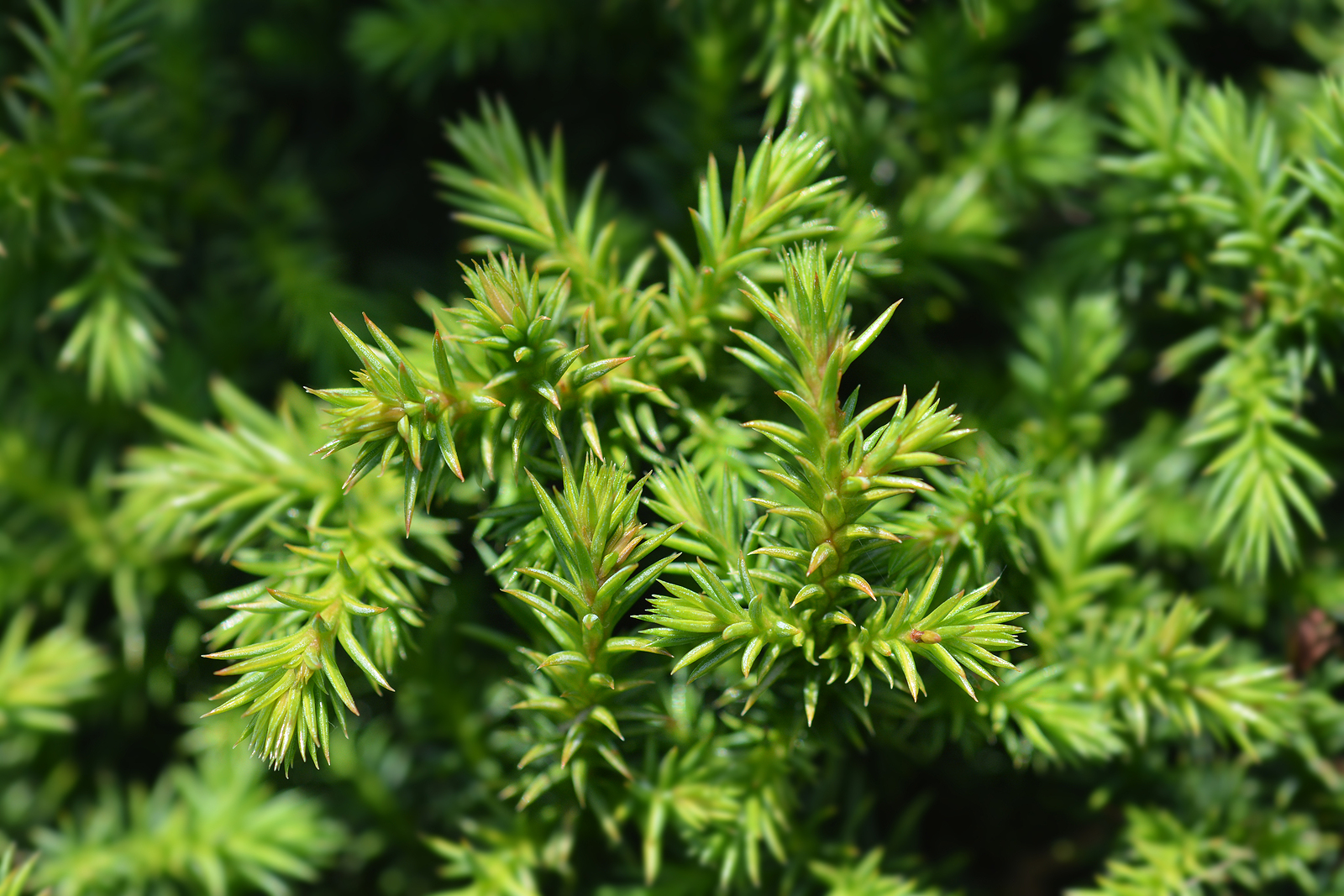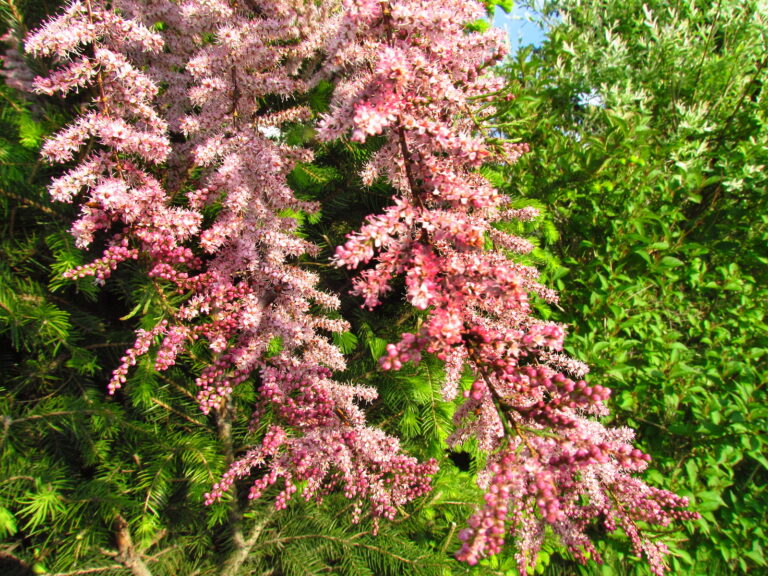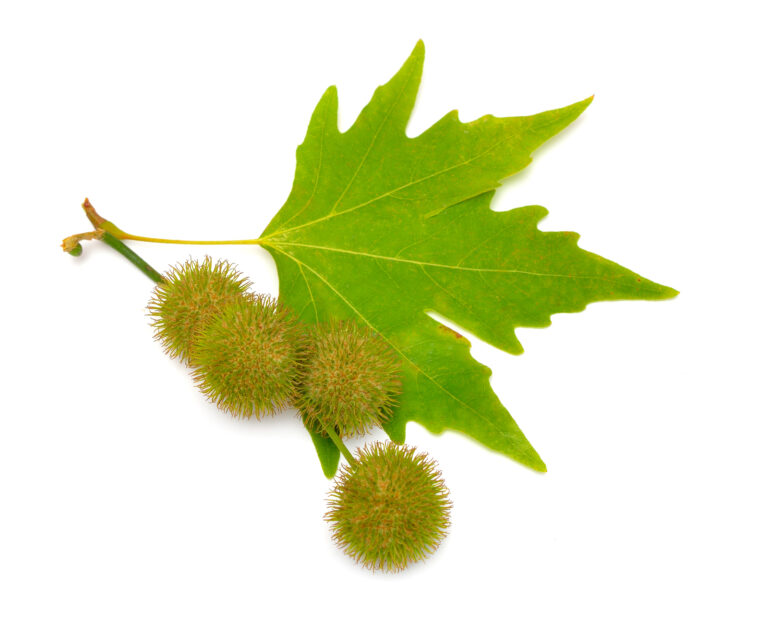How to Grow Japanese Cedar – Cryptomeria
Cryptomeria —often called Japanese Cryptomeria–is a graceful conifer that grows eventually into a skyline tree, however, there are several dwarf cultivars that are low-growing and well-suited for even small gardens.
Cryptomeria has soft bright green to bluish green foliage during the growing season. Needle-like leaves can turn brownish-purple in cold weather. Branches are slightly pendulous; the species tree grow pyramidal towards maturity. Straight trunks are in red-brown bark peeling in strips. Dwarf cultivars are effective accents in a conifer collection or in a large rock garden.
Cryptomeria is a genus of just one (possibly two) species. Cryptomeria is native to conifer forests in China and Japan.
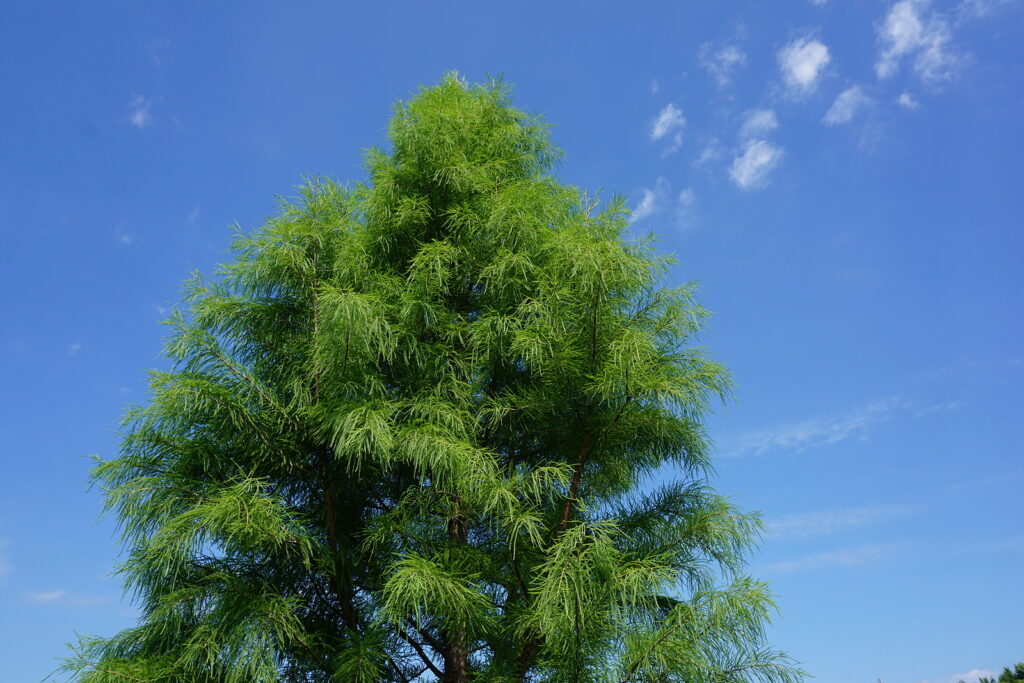
Get to know Cryptomeria
- Plant type: Evergreen shrub or tree
- Growing zones and range: Zones 6 to 9
- Hardiness: Hardy to Zone 6
- Height and width: Species Ctyptomeria japonica can grow to 50 feet ((15m) tall and half as wide; shrub cultivars grow from 2.5-5 feet (.8-1.5m) high, 2.5-4.5 feet (.8-1.4m) wide.
- Growth rate: Medium
- Form and habit: Compact, dome-shaped, pyramidal; eventually skyline tree with a straight columnar trunk, thin red-brown bark peeling in strips; branches, slightly pendulous.
- Foliage: Narrowly, wedge-shaped light to dark green needlelike leaves .3-.8 inch (.8-1.8cm) long, which point forward in spirals around shoots; becomes bluish as the shrub matures and turns rust-red in cold weather; roundish, red-brown cones .8-1 inch (2-2.5cm) wide.
- Fruits: Globular cones .5-1 inch (1.3-2.5cm) long, dark brown.
- Uses: Use larger forms as specimen planting; use smaller forms as foundation plants, background for deciduous shrubs and for perennials; sometimes used in closely planted goes for a Japanese garden effect.
- Common name: Japanese Cryptomeria, Japanese cedar
- Botanical name: Cryptomeria
- Family name: Taxodiaceae
- Origin: Forests in China and Japan
Where to plant Cryptomeria
- Plant Cryptomeria in full sun or high shade.
- Cryptomeria needs protection from wind
- Plant Cryptomeria in rich, deeply dug, well-drained, moist, somewhat acidic soil; pH 6.0 to 6.7.
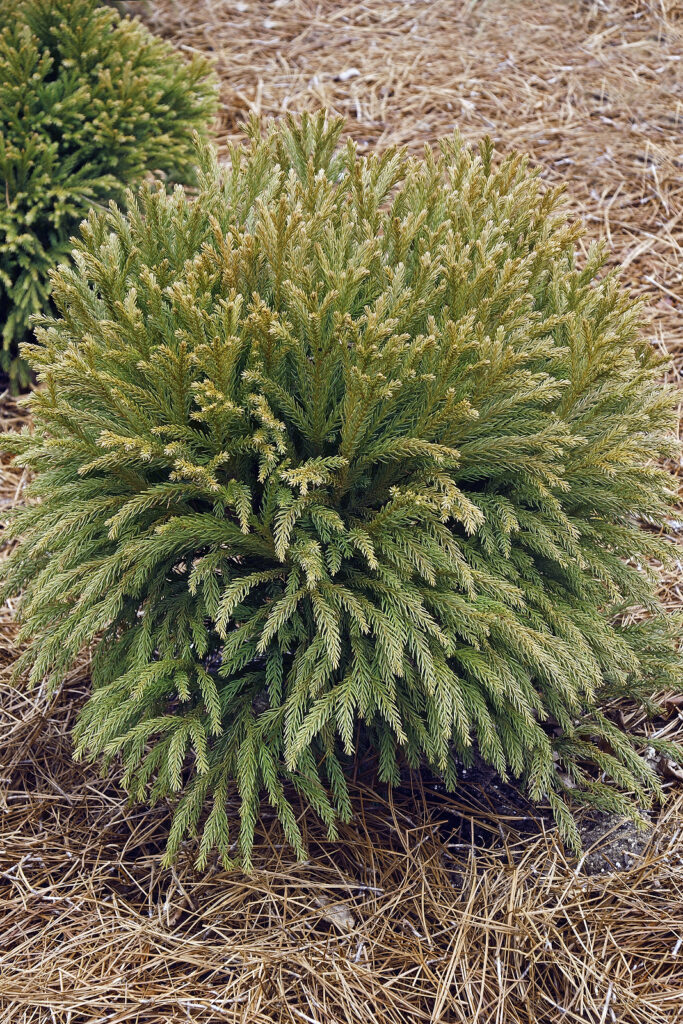
When to plant Cryptomeria
- Set container-grown Cryptomeria in the garden in spring or autumn.
- Sow seed in containers in spring.
Planting and spacing Cryptomeria
- Space Cryptomeria according to its width at maturity; from 5 feet to 25 feet (1.5-10m) apart.
- Set container-grown Cryptomeria into humus-rich, light, moist soil that is on the acid side, pH 6.0 to 6.7. It adapts to heavy clay soils.
How to water and feed Cryptomeria
- Give Cryptomeria regular water.
- Feed Cryptomeria with an all-purpose organic fertilizer in spring.
How to prune and care for Cryptomeria
- Pruning season for Cryptomeria is after growth is completed.
- Some species, like the dwarf Japanese cedar, do not need pruning.
Cryptomeria pests and diseases
- Needle necrosis, branch dieback, and root rot can occur in young plants.
- Nematodes can cause stunting of Cryptomeria.
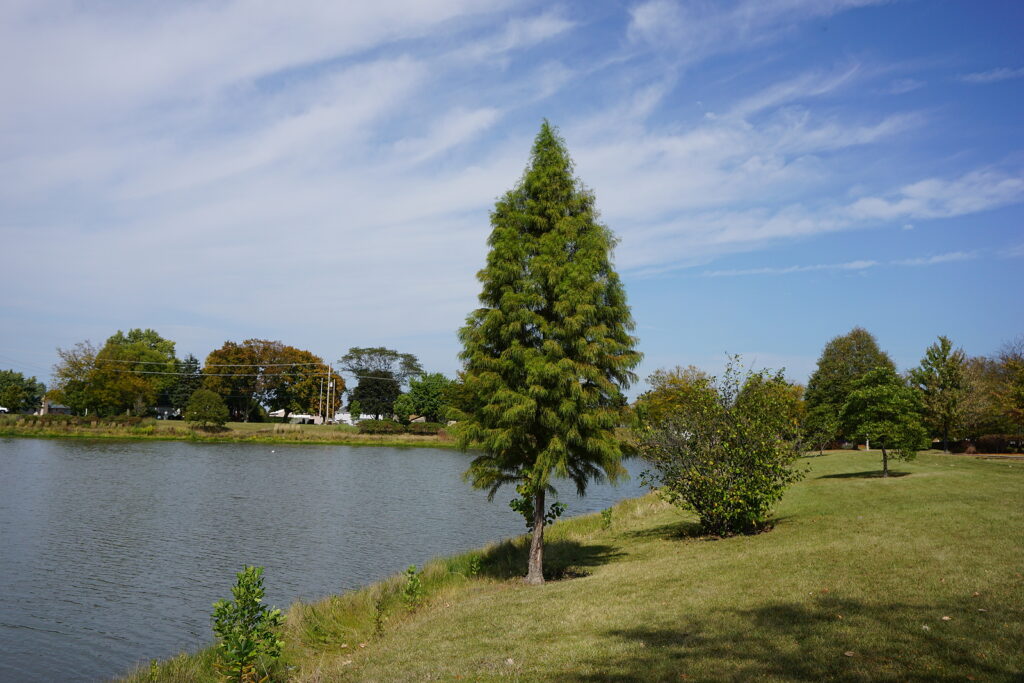
Cryptomeria propagation
- Sow seed in containers in a cold frame or in a seedbed in spring.
- Root ripewood cuttings in late summer or early autumn.
Cryptomeria varieties to grow
- Cryptomeria japonica, this species Cryptomeria can grow to be a tall, elegant tree with a straight trunk; it matures into a pyramidal or conical form that reaches 50 feet (15m) tall and 25 feet (7.5m) wide; branches are layered from its pointed top to the ground. There are several smaller cultivars list below.
- ‘Globosa Nana’, grows slowly to a height of 2-5 feet (.6-1.5m). It’s an excellent evergreen for rock gardens and shrub borders and works well as a background plant in large perennial borders. It succeeds in seacoast gardens if protected from the worst of the wind.
- ‘Elegans’, Plume Cedar, Plume Cryptomeria, quite unlike species. Feathery, grayish-green, soft-textured foliage. Turns coppery red or purplish in winter. Grows slowly into a broad-based, dense pyramid, 20-60 feet (6.1-18.3m) high. Trunks on old trees may lean or curve. For Oriental effect, prune out some branches to give tiered look. For the most effective display, give it space. Makes a good formal hedge if trimmed every August.
- ‘Benjamin Franklin’, a non-dwarf cultivar with blue-green foliage grows 30-40 feet (9.1-12.2m) tall.
- ‘Lobbii Nana’ (‘Lobbii’). Upright, dwarf, very slow to 4 feet (1.2m). Foliage dark green.
- ‘Pygmea’ (‘Nana’), Dwarf Cryptomeria, bushy dwarf 1.5-2 feet (3.8m) high, 2.5 feet (6.4m) wide. Dark green, needle-like leaves, twisted branches.
- ‘Vilmoriniana’, slow-growing dwarf 1-2 feet (2.5-5.1m). Fluffy gray-green foliage turns bronze in late fall and winter. Rock garden or container plant.

